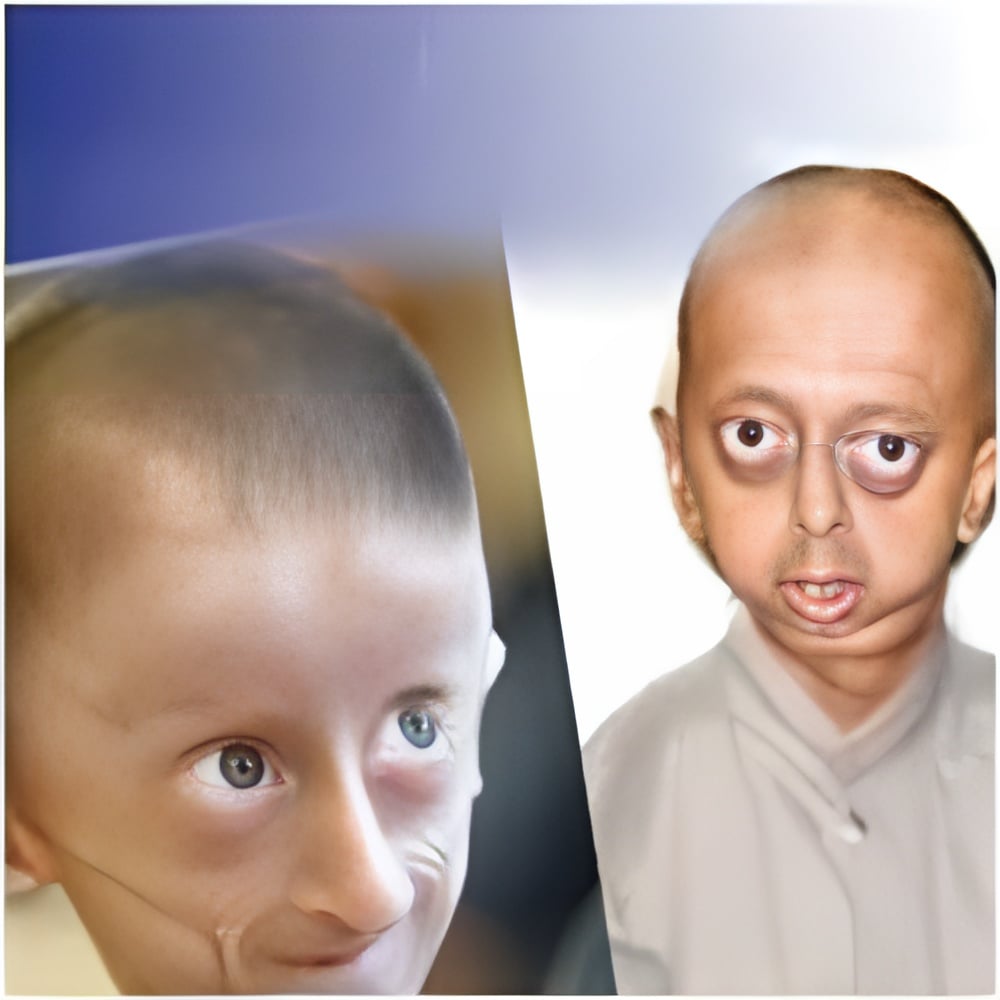A new genetic model of premature aging disorders that could shed light on these rare conditions in humans has been developed by scientists

"This is a robust model system of human aging that corresponds directly to the human genes involved in these diseases," said Scripps Florida Assistant Professor Shuji Kishi, who led the study. "This model is ready now and can be used to screen and develop chemical compounds to treat these and other age-related diseases."
Kishi noted that zebrafish, which display an array of signs of aging resembling those in humans, have emerged over the past decade as a powerful system to study diseases associated with aging and development.
Hutchinson-Gilford Progeria Syndrome is a rare disease that causes symptoms of advanced aging such as cardiovascular problems, hair loss, and distressed skin in young children. The laminopathies are a cluster of at least 13 different genetic disorders, whose symptoms range from muscular dystrophy to premature aging. They are grouped together because they are all caused by mutations in the genes that encode proteins of the nuclear membrane, the double-hulled envelope that surrounds the cell nucleus.
The gene associated with both progeria and laminopathies is the lamin A gene (LMNA), which presumably is also involved in the normal process of human aging, although the underlying mechanisms of the process are still relatively unknown.
In the new research, scientists set out to block the protein production of the LMNA gene in zebrafish. This resulted in apoptosis or programmed cell death, as well as interruption of the normal cell cycle. Deletion of some specific amino acid residues in the lamin A protein also produced aging in embryonic zebrafish.
Advertisement
"Utilizing our 'embryonic senescence' zebrafish model, our next goal will be to find modifier genes as well as chemical compounds to reverse accelerated aging and restore the normal aging process," Kishi said. "These findings could contribute to healthy aging in normal individuals, because the moderate defects of lamin A are also associated with the normal aging process."
Advertisement
Source-Eurekalert












